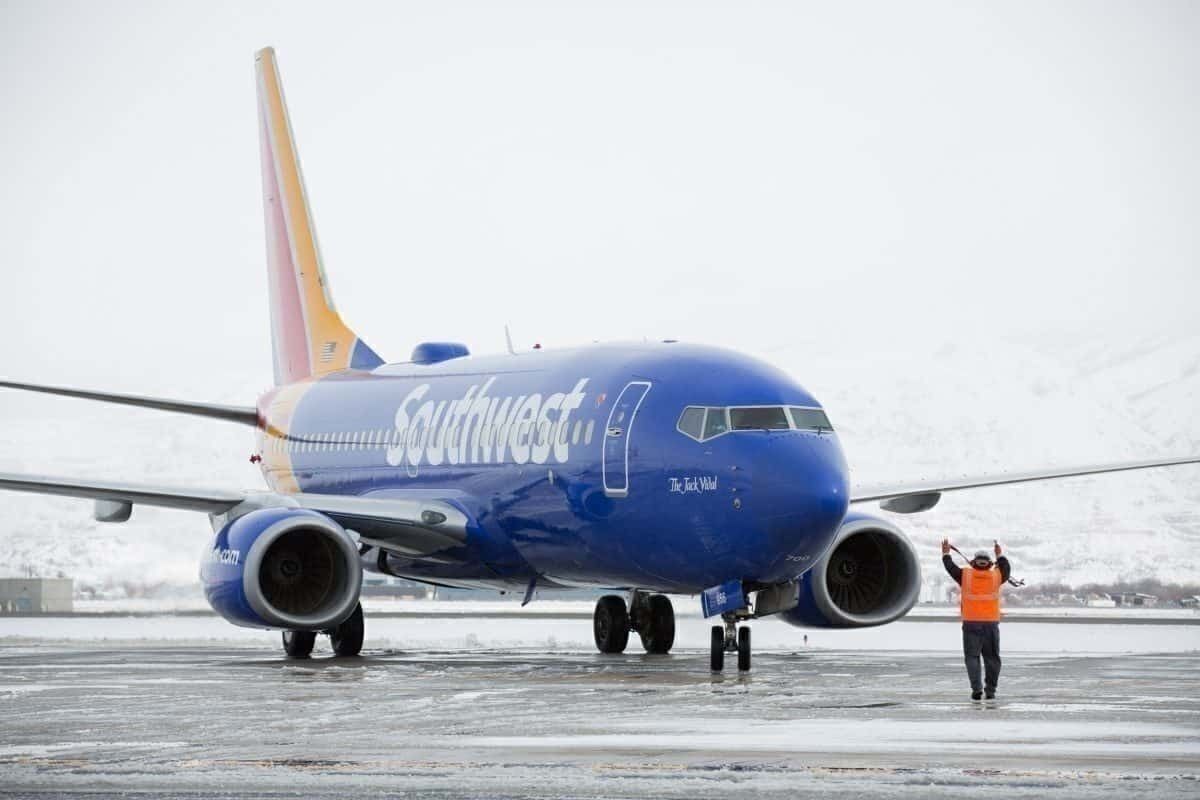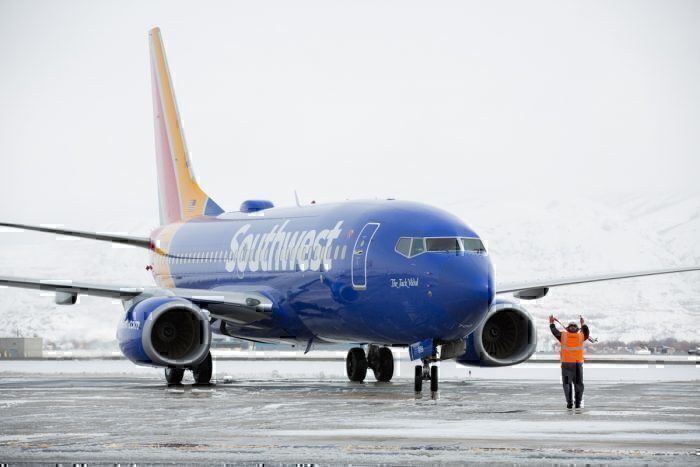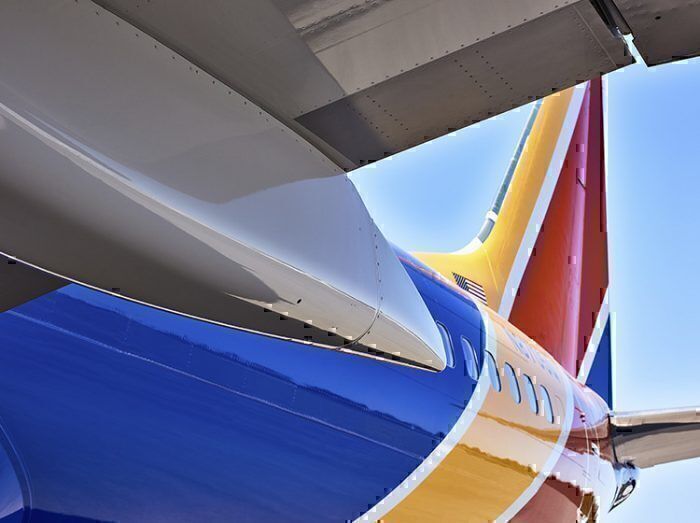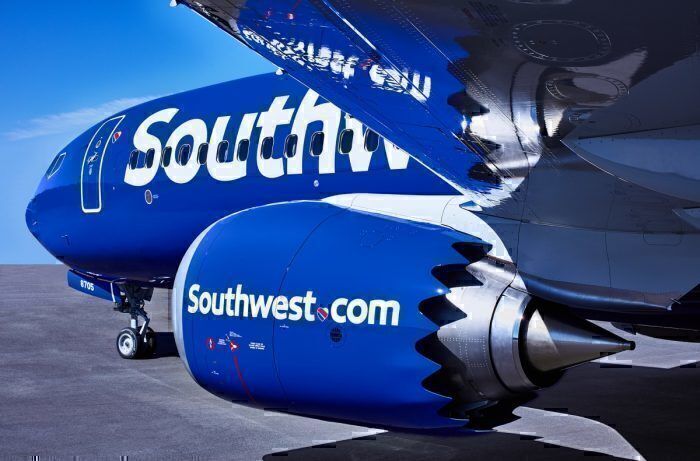**Update: 11/01/19 @ 17:45 UTC – An official response from Southwest has been received. Their statement is included below**
The U.S. Federal Aviation Administration (FAA) is proposing a $3.92 million USD civil penalty against Southwest Airlines. According to an official statement, the reason for the penalty is for allegedly "operating multiple aircraft on commercial flights with incorrect calculations of weight and balance data".
The allegations
The FAA alleges that between May 1, 2018, and August 9, 2018, Southwest operated 44 aircraft on a total of 21,505 flights with "incorrect operational empty weights, and center of gravity or moment data". The civil aviation regulator says that Southwest's aircraft flew contrary to it’s approved weight-and-balance program and FAA-issued operations specifications.
According to the FAA: "This weight-related information is used along with other data in determining how many passengers and how much fuel can be safely carried, as well as where cargo must be located."
Southwest's response
This is what Southwest had to say about the issue after we sent them an inquiry:
"The proposed FAA Civil Penalty pertains to data processing issues that occurred while transferring aircraft weight information from one Southwest computer system to other computer systems in the spring of 2018. The issues were identified and reported by Southwest to the FAA in late July 2018 and fully resolved in early August 2018."
The airline goes on to say that since discovering the data discrepancy in 2018, the airline has enhanced its weight and balance program by implementing additional controls to better manage aircraft weight data in their systems.
Why do weight and balance matter?
According to SkyBrary, an aircraft's weight and balance affects its Centre of Gravity (CG). The CG is very important during flight as it has an effect on the stability and performance of the aircraft. Just think of someone on a skateboard or several people in a canoe: improper balance can lead to instability and danger for those in/on the vehicle.
The CG moves and shifts as distribution of the load changes. Examples of this on an aircraft could be passengers moving about the cabin or the transferring fuel from one tank to another.
A good real-world aviation example is last year's tipping of a Boeing 747 cargo plane due to improper loading. Even the Boeing 737 MAX crisis stems from weight and balance issues. Its new, larger engines put the aircraft at risk of pitching-up, causing an increased risk of stalling. Boeing designers implemented a software fix for this called MCAS.
Clearly, something as large as a commercial aircraft that carries hundreds of passengers should be highly regulated and monitored for proper weight and balance. This is done in the United States with the FAA's oversight and approval. More information on aircraft weight and balance as it pertains to the FAA can be found here.
Conclusion
While Southwest specifically doesn't assign seats, other airlines with undersold flights may ask passengers to remain in their assigned seats until after take-off; at which point they are free to spread out over empty seats. This is one example of when a passenger might be affected by aircraft weight and balance.
Have you ever been on a flight like this? Let us know your experience by leaving a comment!




